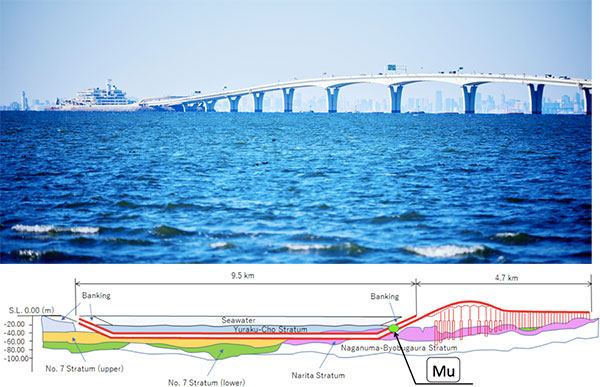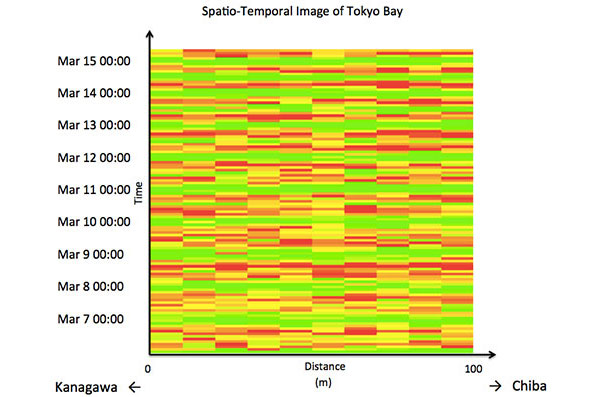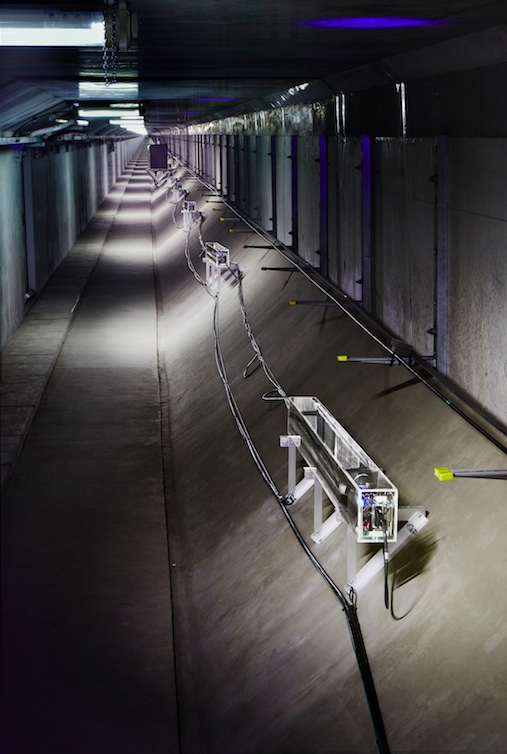


东京大学:实时测量海啸和潮汐水平:探测器看到μ子。
2021年3月19日
东京大学影像学研究机构
东京大学工业科学研究所
东京大学前沿科学研究科
九州大学
关西大学
谢菲尔德大学
英国科技Bolby地下实验设施
威格纳物理研究中心
NEC
公告重点:
海底射线照相传感器阵列是世界上首次安装。
我们首次成功地实时测量了东京湾的天文潮位。
影像学:
照相术已成功地透视了火山,核电站和金字塔等陆地区域。
这是在海洋中首次部署摄影术。
将来扩展传感器阵列:
由地震,海啸和低压系统引起的异常波可以在到达东京之前成像。
它也有望用于勘探东京湾的天然气资源。
新闻发布| NEC
https://jpn.nec.com/press/202103/20210319_03.html
Cosmic rays reveal tsunamis and waves
The first trial of an undersea sensor array
to detect rapidly changing tidal conditions in Tokyo Bay has been a success.
The Tokyo-bay Seafloor Hyper KiloMetric Submarine Deep Detector (TS-HKMSDD)
uses particles generated by cosmic rays called muons to visualize variations in depth and density of the sea and seafloor above it.
When this array is expanded,
it should provide sufficient resolution to monitor the area for potentially dangerous natural disasters and aid the search for natural resources such as gas deposits.
The Tokyo Bay Aqua-Line
is a roadway that connects Haneda Airport with Chiba Prefecture to the east.
Its longest section
is a 9.6-kilometer-long tunnel that extends 45 meters below sea level.
This tunnel
is primarily used for road traffic, but has now also become home to a unique scientific endeavor.
It now houses around 10 special muon detectors within its service tunnels to the side of the road tunnels.
This may seem like a strange place for such things as they cannot possibly see the sky.
But this is because what they do see is no ordinary kind of light.
The detectors see muons.
These particles
are created in the atmosphere and pass through ordinary matter with ease.
They are only slightly affected
by the amount and density of matter they pass through, but the slight variations that result from this can be picked up by these highly specialized detectors.
The University of Tokyo
https://www.u-tokyo.ac.jp/focus/en/articles/z0508_00121.html